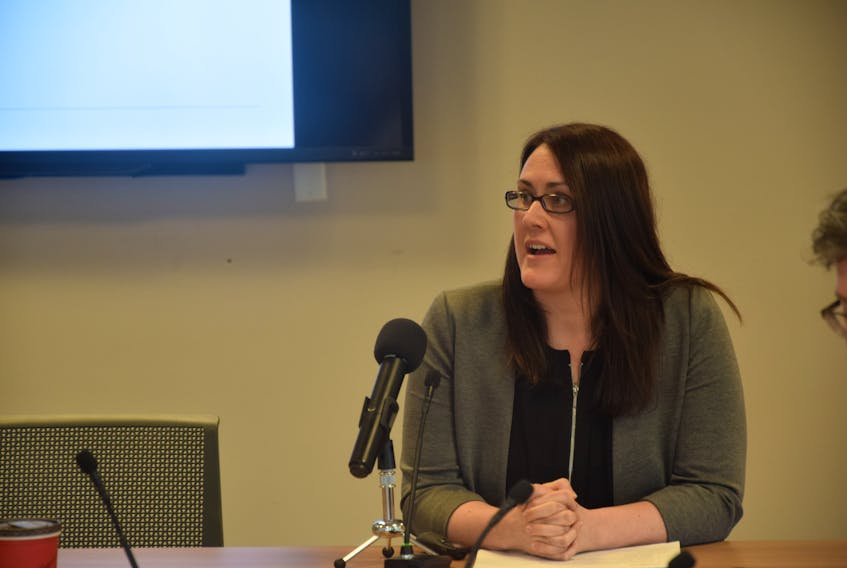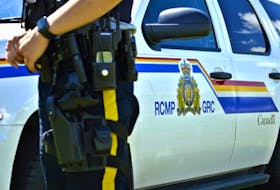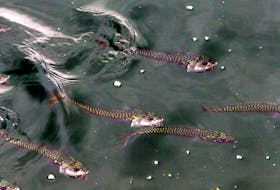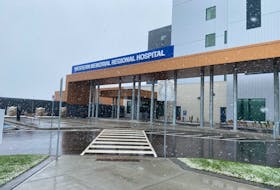ST. JOHN'S, N.L. — The Department of Fisheries and Oceans (DFO) released its stock assessment for snow crab Tuesday, Feb. 26 and overall it was described as a “mixed bag.”
According to information provided in a technical briefing, there are modest increases in overall exploitable biomass of snow crab but it is near its lowest observed level since the mid 1990’s.
DFO crab scientist Dr. Krista Baker did point out there is a return to cooler waters, which is a positive sign going for the stocks.
Baker said landings of snow crab peaked in 1999. That year snow crab landings peaked at 53,500 tonnes. Between 2007-15 landings remained fairly steady, but between 2015 and 2018 snow crab catches declined by 45 per cent. In 2018 landings were the lowest they’d been in two decades, at just over 28,000 metric tonnes (MT) from all zones.
Baker said those decline in landing was a result of reduction in TAC (total allowable catch) and the inability of some areas to catch their TAC. The total quota for 2018, was 28,980 MT.
One of the regions that has a sharp decline in crab biomass is the inshore fishery in zone 3L, which extends from Bonavista Bay to St. Mary’s Bay. According to DFO the exploitable biomass in that area is ‘severely depleted.’ The DFO says “localized improvements” in biomass could occur within the next two years, as crab in that zone grows to harvestable size.
“The environmental conditions are showing that in some areas in 3L inshore, there may be improvements in recruitment in the next few years,” said Dr. Barker. “That’s because we look at pre-recruit abundance. The pre-recruit crab are between 65-95 mm and are just below the recruitable size. We’re seeing some increases in those numbers and those will be available to the fishery two to four years later.”
The data from the southwest coast of the province, 3PN, also shows the exploitable biomass is severely depleted, with few residual crab in the population. In zone 4R, which covers most of the west coast and southern Labrador also has few residual crab in the area and the exploitable biomass is severely depleted.
In recent years those areas declined to time series lows but increased slightly in 2018. The 3K area also remains near time series lows for the past five years.
Other areas that showed a small increase in stocks are 3LNO and 3PS, and Labrador. Areas 2HJ remain unchanged, as it has for the last 15 years.
Last season there was an overall 17 per cent reduction in the quota for snow crab harvesters in this province; quota cuts over the past two years have added up to about 40 per cent less snow crab being harvested.
An increase in prices in 2018 — to about $4.50 per pound — helped balance out the economics for fish harvesters.
Snow crab was still the most valuable fishery in the province last year, with a landed value of just over $295 million, thanks to the high prices for the catch.
The only fishery that came close to that in landed value was shrimp, at just over $200 million.
However, quota reductions still mean less crab for the assembly lines at processing plants.
The release of the crab stock status assessment each year is part of the process towards determining quotas for the season. The announcement on quotas for 2019 is expected within the next few weeks. The crab fishing season in Newfoundland and Labrador begins in some areas in early April.









